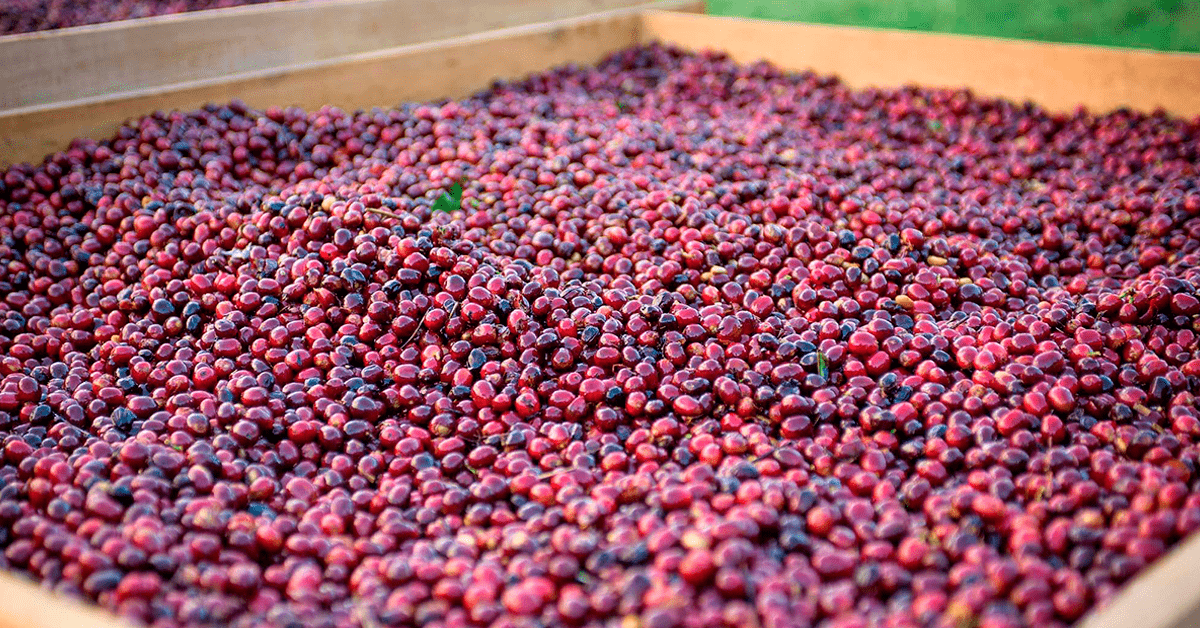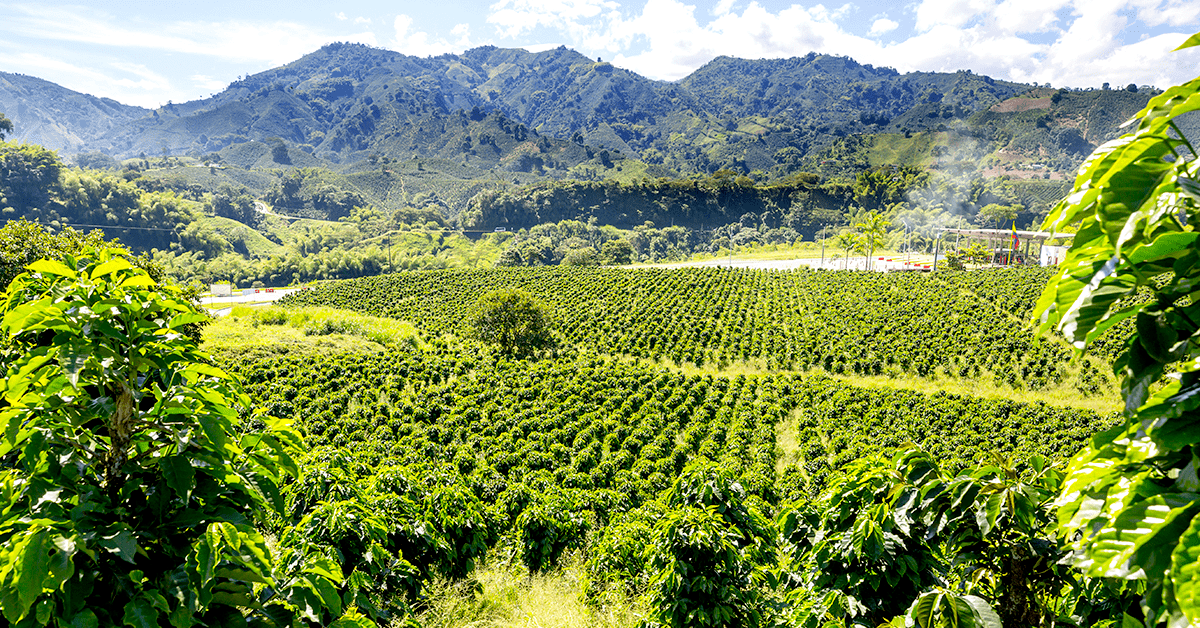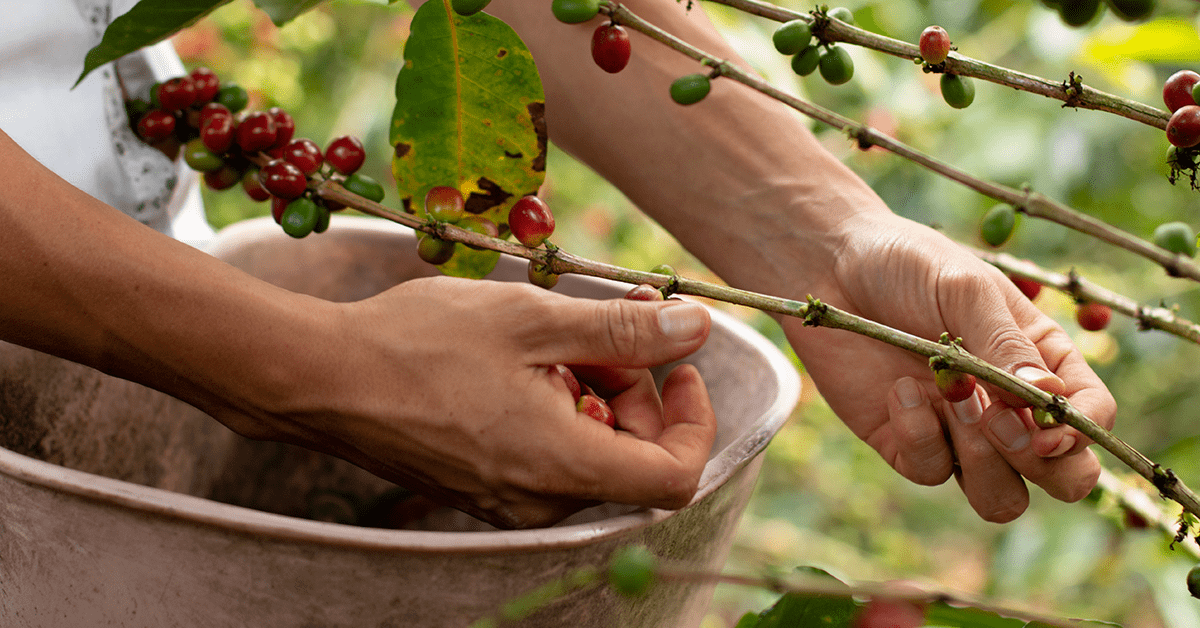
Geisha coffee, often spelled “Gesha,” has taken the coffee world by storm, especially over the past few decades. But what exactly is Geisha coffee? Why is it so special? And where did it originate? Dive with us into the captivating world of this unique coffee varietal, its history, and what makes it a prized possession for many coffee aficionados.

1. Origins and History
The story of Geisha coffee begins not in its now-famous Panamanian cultivation regions, but in the verdant forests of Ethiopia. Specifically, it was in the town of Gesha that this particular coffee varietal was first discovered. Despite its Ethiopian roots, it wasn’t until the bean was planted in Panama that it gained its legendary status.
In the 1960s, the Geisha varietal was introduced to Central America to help combat coffee leaf rust, a disease that severely affects coffee crops. Yet, it wasn’t grown for its unique taste right away. It took a few decades for its exceptional qualities to be recognized.
The turning point came in 2004 during the Best of Panama competition, where a Geisha coffee from the Peterson family’s Hacienda La Esmeralda received unprecedented scores. Since then, the demand and reputation of Geisha coffee have skyrocketed.

2. Unique Flavor Profile
One of the standout features of Geisha coffee is its unparalleled flavour profile. It is distinctly different from other coffee varieties, and its taste is often described as tea-like, boasting floral, jasmine, bergamot, and tropical fruit notes. Some even detect hints of peach, mango, and papaya. Its acidity is bright, often compared to that of a fine white wine.
Another characteristic feature of Geisha is its silky and elegant body. It’s not just a coffee; it’s an experience. Drinking a cup of well-prepared Geisha coffee can be likened to enjoying a high-quality wine or a gourmet dish.

3. Cultivation and Processing
Geisha coffee requires specific growing conditions to thrive. The varietal does best at high elevations, often between 1,500 to 1,800 metres above sea level. These elevations, combined with specific soil types, contribute to the bean’s unique flavour profile.
Panama, particularly the Boquete region, has become the epicentre of Geisha coffee cultivation. The combination of volcanic soils, high elevations, and misty conditions provides an optimal environment for this delicate varietal.
However, cultivating Geisha is not without its challenges. The trees are less dense than other coffee plants, meaning they produce fewer cherries. They’re also more susceptible to pests and diseases, requiring careful attention and maintenance.
Processing is another critical aspect of producing high-quality Geisha coffee. Most Geisha beans are processed using the washed method, which helps highlight their bright acidity and complex flavour notes. However, some producers experiment with other methods, like natural or honey processing, to introduce new flavour dimensions.

4. Geisha Coffee Today
Today, Geisha coffee continues to be a luxury item in the coffee world. Auctions dedicated to this variety see record-breaking prices regularly. For example, in 2019, a pound of Panamanian Geisha coffee set a new record by selling for $1,029.
But it’s not just about the price. The rise of Geisha coffee has led to a renewed focus on the importance of terroir in coffee cultivation. Just as with wine, the specific region, soil, and conditions where the coffee is grown can have a significant impact on its flavour.

5. The Future of Geisha
The future looks bright for Geisha coffee. As more consumers become educated about specialty coffee and are willing to pay for high-quality, unique experiences, the demand for Geisha is likely to grow.
Furthermore, as climate change affects coffee-growing regions, there’s a possibility that Geisha, with its high-altitude preference, might become a viable option for areas that become too warm for other varieties.
However, with its growing popularity, there’s also a risk of overproduction or mislabeling. Ensuring the authenticity and quality of Geisha coffee will be crucial to maintaining its esteemed reputation.
Conclusion
Geisha coffee is more than just a beverage; it’s a testament to the rich tapestry of history, culture, and passion that goes into every cup of coffee. From its humble beginnings in Ethiopia to its rise to fame in Panama, Geisha coffee remains a symbol of excellence in the coffee industry. For those who have the pleasure of tasting it, it offers a coffee experience like no other. Whether you’re a seasoned coffee connoisseur or a curious newbie, Geisha coffee promises a journey of flavour and aroma that is truly unforgettable.




